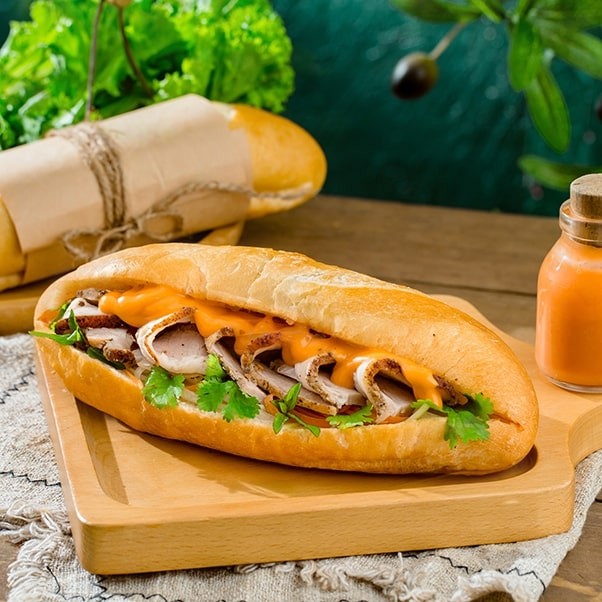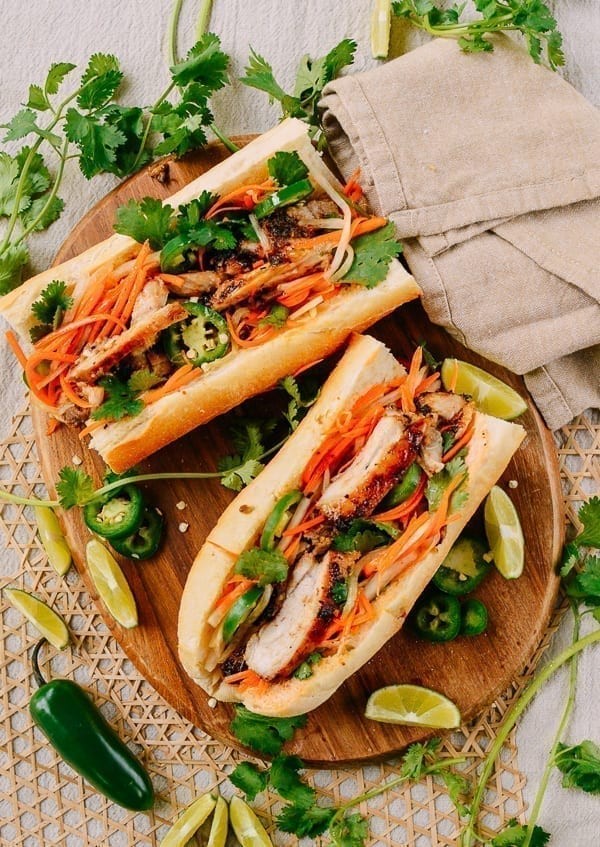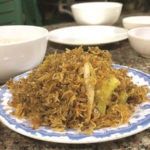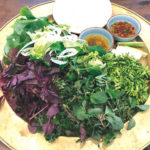As reported by CNN, Banh Mi, a culinary fusion of French colonialism and Vietnamese creativity, has been transformed to cater to the unique tastes of Vietnam.
This delicious dish is now sold from street carts on almost every corner of Ho Chi Minh City and beyond, capturing the hearts and palates of people both within and outside the country’s borders, as CNN noted.
The classic Banh Mi features a pork-based filling, including Cha Lua (Vietnamese pork roll), shredded pickled carrots, pickled daikon, cilantro leaves, mayonnaise, and other mouth-watering ingredients, as described by the website.
 |
| As reported by CNN, Banh Mi, a culinary fusion of French colonialism and Vietnamese creativity, has been transformed to suit local tastes. Photo: Banh Mi Pho |
Food enthusiasts can also indulge in creative variations, such as tofu and lemongrass chicken options. The texture and flavor combination is a delight to the senses, with its crunch, freshness, and savory notes, as highlighted by CNN Travel.
Leading the list of the world’s 24 best sandwiches was the Torta Ahogada from Mexico, followed by other global favorites like Italy’s Tramezzino, Shawarma from the Middle East, and Mexico’s Pambazo.
Previously, the renowned food website TasteAtlas recognized the top 100 sandwiches globally, placing Banh Mi at the pinnacle.
This Vietnamese twist on the classic sandwich, introduced during the colonial era, is now a beloved part of the country’s culinary heritage, according to the website.
Following the Vietnamese baguette in the rankings are the Tombik Döner from Turkey, Italy’s Panino col Polpo, Ahawarmas from Lebanon, and Argentina’s Sandwich de Lomo, each offering their unique take on the sandwich concept.
Banh Mi has undoubtedly become a symbol of Vietnamese cuisine, and it is a must-try dish for anyone visiting the country.
When it comes to iconic Vietnamese dishes, Banh Mi is often one of the first that comes to mind. Beyond its irresistible flavors, Banh Mi also boasts a fascinating history that adds to its allure within Vietnam’s dynamic food landscape.
From 1887 to 1954, Vietnam was under French rule. Instead of importing food from France, the colonial power introduced various crops and livestock to maintain their familiar diet. However, wheat did not thrive in Vietnam, making baguettes a luxury item accessible only to the French rulers.
 |
| When Vietnamese cuisine is mentioned, Banh Mi is often one of the first dishes that comes to mind. Photo: The Woks of Life |
During World War I, the French seized two German-owned import companies, releasing a flood of Western foods into the local markets of Ho Chi Minh City at affordable prices for locals.
Increased wheat shipments from America and the shift to local ingredients made baguettes more accessible. In the late 1950s, Mr. and Mrs. Le in Ho Chi Minh City created Banh Mi by combining French baguettes with Vietnamese ingredients and directly adding fillings to the bread for portability.
Banh Mi is a versatile dish that can be enjoyed at any time of the day. It begins with a light, crispy, and airy Vietnamese-style French baguette, filled with layers of delectable ingredients. Embraced by diverse audiences, Banh Mi offers an array of fillings and preparations, ranging from sour to spicy, salty to sweet.
From north to south, Banh Mi fillings vary regionally. In addition to traditional options, you’ll find unique creations like siu mai (Da Lat), grilled chopped fish (Nha Trang), fries (Hanoi), and the distinct “Banh Mi Que” in Hai Phong city, shaped like a large flat chopstick. Banh Mi Que typically includes pate, pork floss, cilantro, and a spicy kick.
Streetside service station serves up surprise
When you travel a long distance these days you stop by a service station to take a rest and get some food. The trick then was to spot where the trucks were to find good fresh at a reasonable price.








